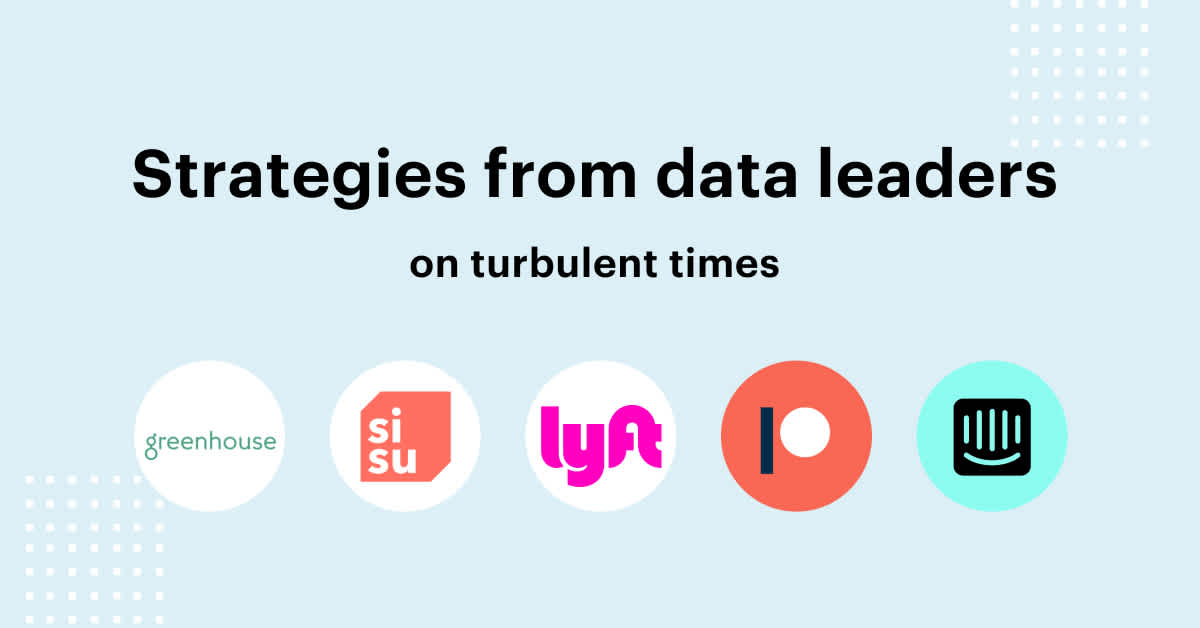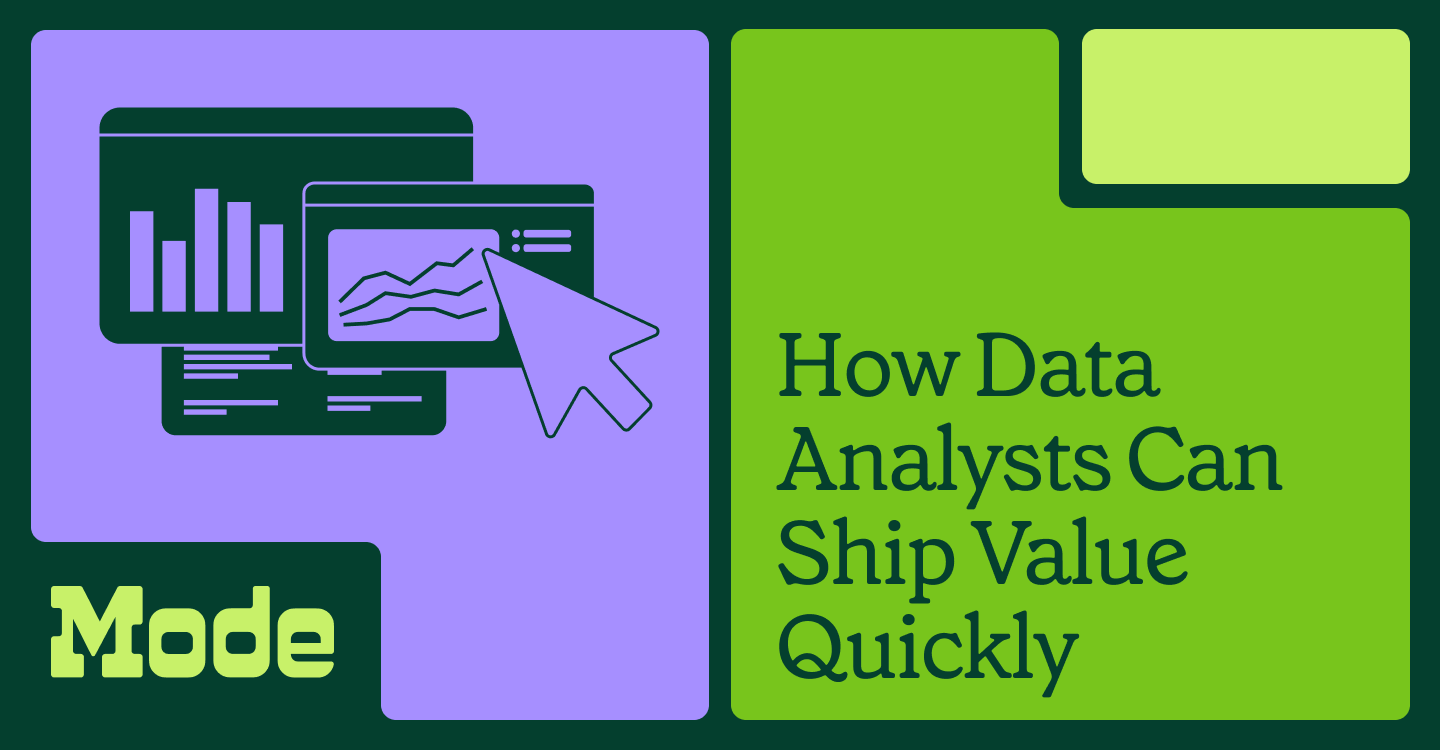When Jake Klamka founded Insight Data Science in 2011, the term “data science” had a much different understanding in the private sector than it does today.
In 2011, only a few major companies (mostly tech giants like Facebook, Linkedin, Airbnb and Square) were even hiring data scientists. And back then, data scientists who were hired in the private sector worked with fewer types of data, from fewer sources, in fewer industries.
There are far more companies hiring data scientists today, and far more specialist data roles available, using a wider array of more sophisticated technology. A wider spectrum of data is used in data science today too, and the industries and applications in which data science is involved have expanded as well.
“What we’ve realized is almost every field has a data component to it,” says Klamka. “I mean across the board, data is everywhere.”
Insight Data Science, which helps PhDs and engineers transition to careers in data science, data engineering and AI, has grown and expanded its fellowship programs as the industry has grown. The first big sign of this growth was the splitting of Insight’s general program into separate programs for data science and data engineering in 2014. Since its inaugural cohort of eight Fellows in 2012, Insight now has over 1400 alumni and hundreds of Fellows participating each year in specialized fellowship programs across a number of different locations, including Silicon Valley, New York, Boston, and Seattle.
More recently, expansion has meant offering programs for fellows with more specific interests: among the tracks available at Insight are Health Data, Data Product Management, and Artificial Intelligence, which includes a machine learning component.
One of Insight’s newest fellowships in Artificial Intelligence focuses on deep learning and related cutting-edge machine learning. Though deep learning was a popular academic research topic when Insight launched, they didn’t offer a track for it at first. Private sector demand for deep learning skillsets simply didn’t exist back then.
But all that’s changed. Insight’s deep learning program is now one of its fastest growing programs. Fellows coming out of this program have a high rate of recruitment and rise quickly into management roles. Then again, so do most Insight Fellows, regardless of track, thanks to exploding demand.
“The need for data scientists is far outpacing the availability of people in the industry,” says Klamka.
It’s a seller’s market for data talent in 2018. Data science candidates have many opportunities to choose from, and hiring managers must clearly articulate what makes their teams appealing if they wish to secure a candidate for a role. Klamka says companies should focus on differentiating themselves in three particular areas: impact, specialization, and growth.
A Conduit for Talent
Before sharing Klamka’s advice, it’s worth examining his experience in the data science talent market.
After completing his masters in physics at the University of Toronto, Klamka began his private sector career in data science consulting. He then ran analytics for a fast-growing marketing company. Having navigated the academic-to-private-sector data science career path himself, he founded Insight Data Science in 2011 to help others like him make the same transition.
Insight’s programs, offered in various U.S. cities as well as online, only accept candidates that meet specific qualifications. The organization’s Data Science and Health Data programs require entrants be in the process of completing a PhD, if not already in possession of their doctorate. Some other programs, like Data Engineering and AI have no specific education requirement but require considerable academic or professional experience in software engineering and/or machine learning. Programs charge no tuition; Insight makes its money from companies that pay when they hire fellows out of the program.
Insight teaches fellows new skills (like SQL or Python), as well as helps them rediscover skills they already have that they didn’t realize could be applied outside academia or their current professional role. Insight then helps Fellows find jobs in which they can use those skills. A large portion of the value Insight provides to Fellows is connections to the private sector data science field. This happens through guest speakers from data science teams at compelling companies, as well as interviews with Insight’s participating mentor companies. Alumni typically receive job offers six to twelve weeks after completing their programs.
Impact
When you try to imagine what highly-educated data scientists like the Fellows at Insight desire in a job, consider what they’re leaving behind when they take the leap to pursue a data career. They want to achieve results faster and make an impact. By becoming data scientists, they have the opportunity to build and discover things that directly shape the products and services of an organization.
“A lot of companies succeed with us by being very forthright that, ‘Data is very important to us because it is going to solve these very impactful problems, but we’re going to do it however it gets the job done,’” says Klamka. “That may involve advanced techniques, but sometimes it may just involve really basic stuff.”
Don’t fall into the trap of simply believing that getting to work with the hottest new tools will attract great talent. Before you try selling a candidate on working with your advanced data stack, tell them what makes the data team critical to the success of the company. Give examples. Perhaps an idea derived from data science led to significant savings on storage and shipment for your ecommerce company in its highly competitive market. Or, maybe a data scientist helped your hospital better understand its patients so it could offer improved care and save more lives. Be prepared with detailed examples of the outcomes that data science has had on your business, or, if you’re just getting started with your data team, the impact you’re hoping for it to make.
“Taking an impact-first approach is the best way to get real results, and the best way to attract the best data scientists,” says Klamka. He adds, “Most data scientists are impact-driven, but everyone’s idea of what kind of impact they want to make is different.”
Whether a data scientist can make the kind of impact they seek will come down to the mission of your organization. What are you trying to achieve?
Specialization
Candidates for data science roles have a lot of options. If there’s a particular field that interests them, there’s likely to be an organization in that field leveraging data science. If there’s a particular data type they’re interested in exploring, there’s probably a team out there already focused on that data type. This is great for both hiring managers and potential hires because it means data scientists get to leverage not just their technical data skills, but their expertise in (and enthusiasm for) more specific subject matter areas.
Potential applicants to your company may want to do specialized work with specific data types. They may be interested in visual data, like images or video. They may prefer working with numbers or statistics. Or they might want to work in natural language processing.
Or maybe what matters most to them is the application of the analysis. Perhaps they want to work with financial data, or data from the education sector, or data pertaining to human behavior.
Data scientists aren’t just funneling into a few large tech companies anymore. “The startups want to hire, the mid-size companies want to hire, the Fortune 500 companies want to hire,” says Klamka. “And it’s not even just them, it’s also hospitals, it’s nonprofits, the list goes on.”
Companies that don’t fit into labels like “technology” or “Fortune 500” can stand out for the specialized impact that data work can have in those organizations. Memorial Sloan Kettering Cancer Hospital, for example, has four Insight alums on internal data products teams. The tools these alumni are working on “help doctors retrieve relevant information, such as available clinical trials, so they have it at their fingertips when trying to help patients.”
Several Insight alumni have also landed at education non-profit Khan Academy, a Silicon Valley darling among free online course providers. Data scientists at Khan Academy analyze student engagement, which can help the company better understand how students learn. These analyses help Khan Academy make their education products more useful and effective.
It’s not hard to see how these two examples would attract data scientists with particular interests and passions. To reach the types of candidates who will be most interested in your team, you need to share what your team’s specialties are.
“It’s critical for hiring managers to highlight the specialization of their companies and attract the data talent that is most passionate about that area. They’re coming in and saying to candidates, ‘Hey, we get it, many companies are doing data science, but if you come here you’re doing data science on education and helping students, or you’re doing data science on cancer research because you care about that, or you're doing data science innovating on a retail model, because you think that’s an exciting direction where the industry’s going to go,’” says Klamka.
Growth
There’s more to the expansion of data science than just the greater availability and variety of data scientist jobs. The wide spectrum of businesses hiring data scientists means there’s a lot of variation in the stages and sizes of data teams. This variation is another place where you can differentiate what your company offers.
“Some data scientists want to be the early creators of a data team, others are just really excited to learn from people who have already done a lot of heavy lifting,” says Klamka.
There’s a clear appeal in data teams at companies known to be veterans in data science, like Facebook and LinkedIn. At these organizations, an employee has the opportunity to learn from some of the best-known leaders in the field. But there’s also a definite draw to smaller, newer data science teams that are building foundations for a company’s future. You might find these teams at early stage startups, but you’re just as likely to find them at Fortune 500 companies that are starting new, innovative initiatives. “These roles offer candidates the opportunity to have this massive outsize impact on their company,” says Klamka.
Small teams also mean fast growth. If you get hired onto one, you can quickly become the go-to data expert at your company, opening up pathways for rapid growth in your career. “What’s been exciting to watch is how quickly Insight alumni get into leadership roles,” says Klamka. “It’s very common to see Insight alums spent just two years as an individual contributor and then become a manager.” Insight alums now lead teams at top data teams such as Facebook, LinkedIn, Square, Intuit, Microsoft, Airbnb, Netflix and numerous others.
Tapping into the Talent Network
What’s great about the expansion of data science is that it’s drawing a lot of talented, enthusiastic people who might not have applied their skills to the area before. But attracting the best candidates is a very competitive process, and you need to send the right people to the right places when you are recruiting.
One of the most important parts of data science recruiting is to make sure that the managers of your data science team speak to potential hires in person. One reason this is so important is that most job descriptions are written in broad terms, so as to attract a wide net of applicants and not accidentally screen out someone who might be great. (“There’s a lot of ‘and, and, and,’ in job descriptions,” as Klamka puts it.) That means you need someone who really understands what your company needs in a data scientist to be part of the recruiting process, so they can explain to potential hires where they fit in.
“We found the best messaging comes from the hiring managers,” says Klamka. “Our program is actually based very heavily on having the heads of data teams as well as their colleagues come in and speak directly to the fellows.”
You should also consider looking at talent within your company that can be developed. Insight trains academics with the raw skills needed for data science. Your company can do something similar with current engineers, or employees with strong backgrounds in relevant subject matter areas. Did you hire a former banker or a policy wonk? Offer them opportunities for professional development.
Whether you’re considering talent within your own ranks, or from the outside, keep an eye out for great candidates who may not immediately jump out to you. The reason competitive hires go into Insight’s programs is that it’s hard to break into a new field, even when you’re clearly qualified.
The growth and success of Insight Data Science and its alumni stands as a powerful example to would-be hiring companies that some of the best candidates for roles may not be obvious. Insight takes in fellows from all kinds of subject matter backgrounds, and helps them become great data scientists. Organizations with a demand for data scientists can act as a bridge that helps potential hires find the best fit for their skills. Hiring managers can attend meetups or seek opportunities to speak to data scientists at universities and in settings like Insight. Keep your eyes and ears peeled for budding data scientists who are looking to make an impact towards a goal.
“By speaking to how the work they'll do will have an important impact, hiring managers will attract the best, most well-aligned data talent,” Klamka says.
Related Articles






